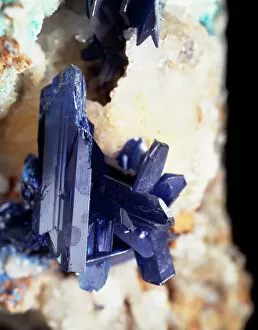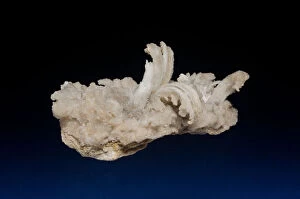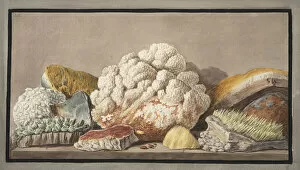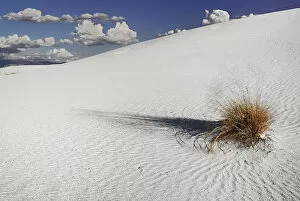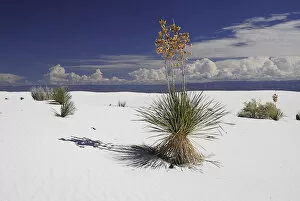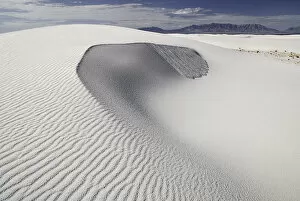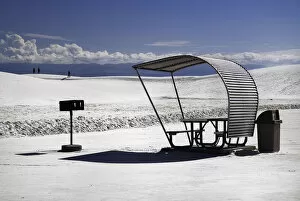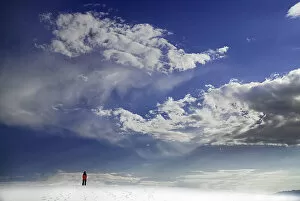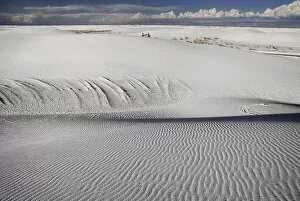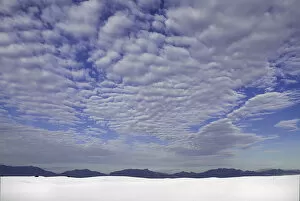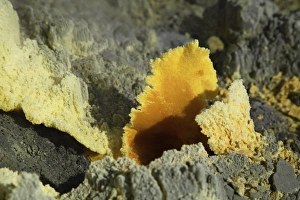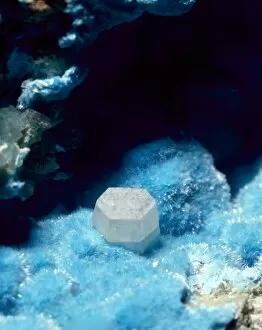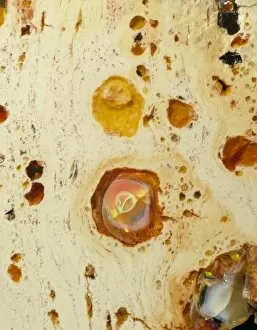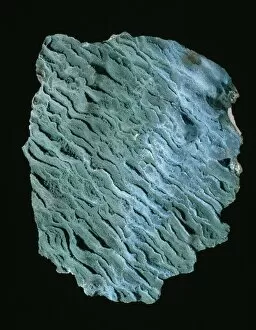Sulfate Collection
"Sulfate: A Journey through Geological Wonders and Natural Phenomena" Plate 1 from Histoire naturelle
All Professionally Made to Order for Quick Shipping
"Sulfate: A Journey through Geological Wonders and Natural Phenomena" Plate 1 from Histoire naturelle? (1789) unveils the captivating world of sulfates, showcasing their mesmerizing formations. Linarite, with its vibrant blue hues, captures our attention as we delve into the diverse mineral kingdom. Anglesite, discovered in Matlock, Derbyshire, England, showcases its translucent beauty. This sulfate crystal is a testament to the Earth's ability to create stunning geological wonders that leave us in awe. Baryte from Bonsall Dale in Derbyshire enchants us with its delicate structure and shimmering appearance. Its presence reminds us of the intricate processes that shape our planet over millions of years. Gypsum found in Cumberland Mine at Matlock Bath reveals itself as an ethereal masterpiece. The interplay between light and shadow on this sulfate specimen evokes a sense of tranquility and harmony within nature's creations. As we travel further north to Iceland's Reykjahlid region during summer or winter, we encounter breathtaking landscapes along the road to Myvatn. These picturesque scenes showcase sulfur-rich geothermal areas like Hverir and Krafla craters—reminders of how sulfates contribute to Iceland's unique volcanic activity. The Productions of the Solfaterra depicted on plate 9 from Campi Phlegraei transport us back in time to Naples' volcanic region. Witnessing these sulfurous emissions firsthand would have been both thrilling and humbling—a reminder of Earth's raw power beneath our feet. Sulfate minerals continue to captivate scientists and enthusiasts alike with their remarkable diversity and aesthetic appeal. From ancient history documented by Histoire naturelle? (1789) to present-day discoveries across various locations worldwide—such as those captured by EyeUbiquitous_20104754 & EyeUbiquitous_20104753—the allure of sulfates remains ever-present.


